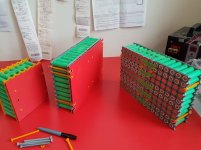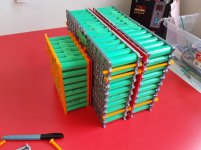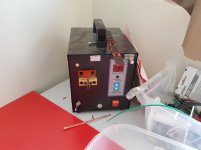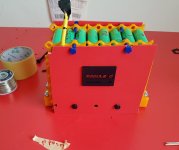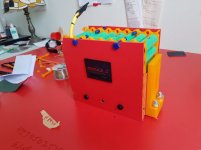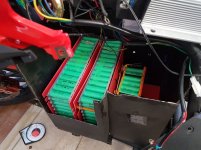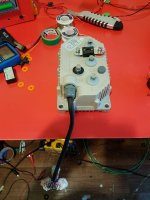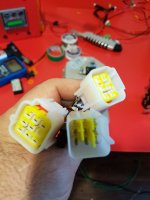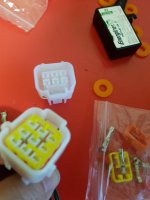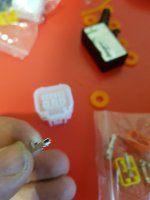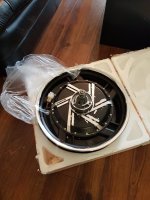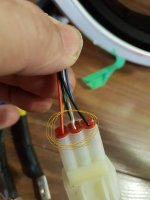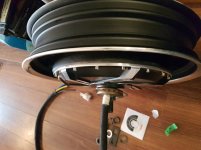John in CR said:
You need to measure the phase-to-phase resistance of the windings. That's what will tell you the current handling of the motor. While the larger aluminum side covers and increased surface area of their sculpted shape increases the amount of heat that can be dissipated far beyond the 1kw or so that a common ebike hubmotor can shed, it still boils down to how much heat you make, and the resistance of the copper times current squared is your starting point.
The other huge factor in power handling is the load. eg I own an earliest version of the QS 273x50 motor wound for a Kv of about 18rpm/volt. I used it on a light bike in a tire with an outside diamet of 20" for a very light load on the motor. I've run that motor at over 30kw peak input on 74V nominal. The current settings were 500A phase limit and 420A battery limit. The bike had nearly uncontrollable torque and a top speed of right at 100kph with no significant heat issues. That was because the light weight and low gearing (small wheel) were a light load on the motor...so much so that it was difficult to draw the full current limits. As you add weight and increase wheel diameter everything changes in a hurry, since acceleration times increase and heat going up by the square of current becomes more apparent.
Also, while an amp is an amp, phase amps (what the motor sees) and battery amps are certainly not the same thing, and in the case of Kelly who rates their controllers based on phase current, they aren't even close to the same thing.
Wow...lol..that's insanity...30kw??..I dont even want to know what the torque numbers were..lol
Yeah,so with a high gear (16 inch motorcycle wheel) and heavy weight, it will def draw some amps on take off...Here are some of my assumptions;
1) Battery pack consisting of 24s 14p cells capable of 20 amps discharge each=280 Continuous amps or 350 peak amps, so its inline with the Kelly Controller at 300 amps for 30 seconds.
2) I am assured that the motor can take this for this period of time as long as the internal temp is within limits.
3) After the bike starts moving this will obviously taper off.
4) As long as the motor is not within it's saturation limit, and let's say for example going 40 kph (from a theoretical top speed of 90 kph),it probably wont pull anywhere near 300 amps but should be around the 100 amp continuous limit for the controller untill you begin to reach saturation at which point amp draw falls to whatever it takes to maintain the top speed?
5) Obviously a tall gear (16 inch motorcycle wheel vs 20 inch bike wheel) is going to load the motor much more than a short gear, but I think this is minimized once the bike is moving...
6)I have already calculated (using the cycle analyst) that maintaining 55 kph on this bike requires between 1400 and 2300 watts. ..so roughly doubling the speed would require 4 times the power or 5600 watts minimum (perfect conditions) or 9200 watts at most, and that is just to maintain that speed



